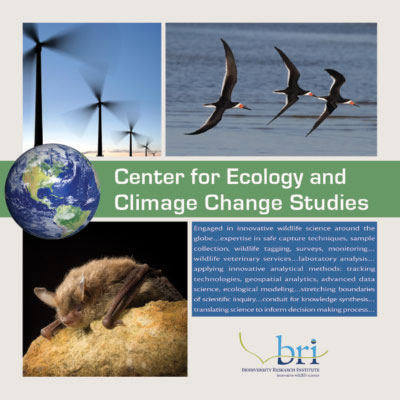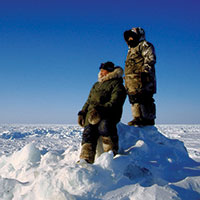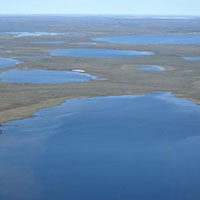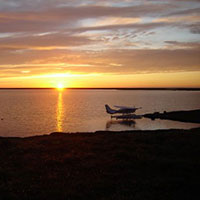Highlighted Species We Study
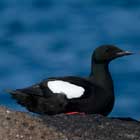
Black
Guillemot
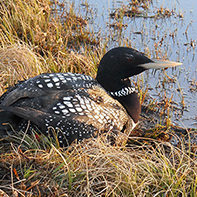
Yellow-billed
Loon
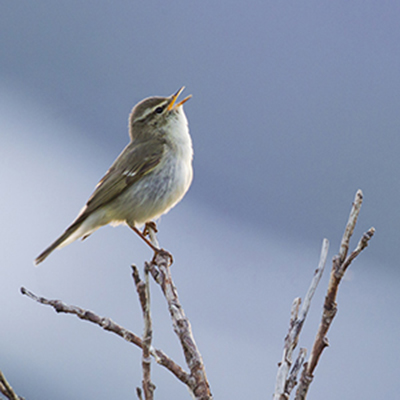
Arctic
Warbler
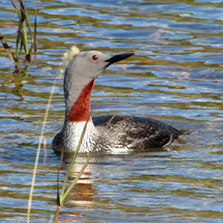
Red-throated
Loon

Dunlin

Semipalmated
Sandpiper
The Arctic region, extending from the Arctic Ocean to the tundra and northern boreal forest of North America and Eurasia, is home to ecosystems and peoples uniquely adapted to extreme conditions. Due to the direct and diverse effects of climate change, the Arctic is warming faster than the rest of the globe, and changes are already underway. As a result, species that live there or are reliant on the Arctic for much of their life cycle, are at serious risk.
Ecosystem Health in the Arctic
Contaminants Monitoring
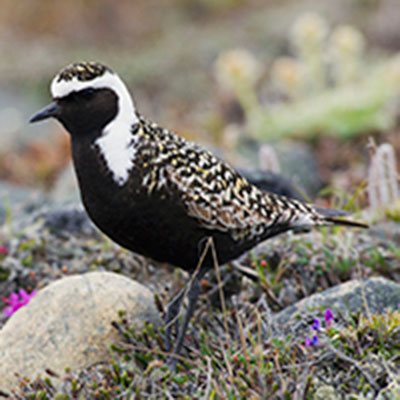
Even without large-scale development in the region, Arctic species are increasingly exposed to environmental contaminants (e.g., mercury) which tend to deposit more in the Arctic than elsewhere.
Since its inception, BRI has studied the exposure and effects of mercury in many species of fish and wildlife around the world.
LEARN MORE about Contaminants Monitoring >
BRI contaminant projects in the Arctic include:
- Investigating mercury levels in the feathers and blood of a broad suite of shorebirds breeding across North America, from Alaska to Nunavut (in collaboration with the Arctic Shorebird Demographics Network)
- Evaluating mercury exposure in a number of seabirds and waterbirds breeding in Alaska and Russia, including the Kittlitz’s Murrelet, Yellow-billed Loon, Pacific Loon, and Arctic Loon (in collaboration with researchers at the U.S. Geological Survey, and at the Russian Academy of Sciences)
Click Here for Project Index >
Publications:
Movement and Tracking Studies
Many species that rely on the Arctic for a critical part of their life cycle migrate to other regions of the globe. In doing so, these species are often exposed to a series of threats along their migratory routes and on their wintering grounds; therefore, conserving these species requires a detailed understanding of their annual movements.
LEARN MORE about Tracking Movements >
BRI tracking projects in the Arctic include:
- Determining the year-round movements of migratory birds that nest in Denali National Park, Alaska, and identifying migration routes, stopover sites, and wintering areas (in collaboration with the National Park Service)
- Identifying the Asian wintering areas of Yellow-billed Loons breeding on Alaska’s North Slope (in collaboration with Dr. Joel Schmutz, U.S. Geological Survey)
Click Here for Project Index >
Publications
Inventory and Population Studies
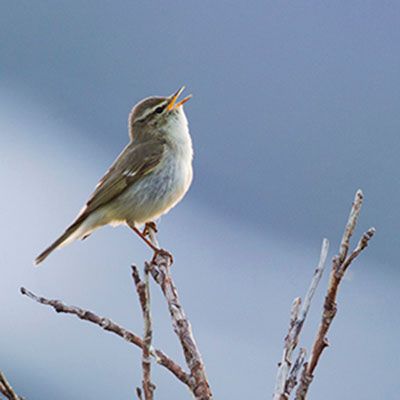
Many bird species are considered good indicators of overall ecosystem health. Evaluating the conservation status of bird populations can be difficult, but gathering reliable data on the trends in the abundance and distribution of birds breeding in remote Arctic regions is enormously challenging.
BRI’s Arctic population studies include:
- Capturing and color-banding Yellow-billed Loons on Alaska’s North Slope to monitor their reproductive success, survival, and breeding distribution (in collaboration with Dr. Joel Schmutz, U.S. Geological Survey)
- Collaborating with Russian scientists in the Chukotka region of Siberia to develop on-site field methods for monitoring loons (Yellow-billed, Pacific, and Arctic), and on publications related to the ecology of waterbirds, shorebirds, songbirds, and other Arctic wildlife (with Dr. Diana Solovyeva, Russian Academy of Sciences
Photo Credits: Header Image © Carsten Egevang/ARC-PIC.COM; American Golden Plover © Ken Archer; Red-throated Loon © BRI-Jonathan Fiely; Arctic Warbler © Ken Archer

